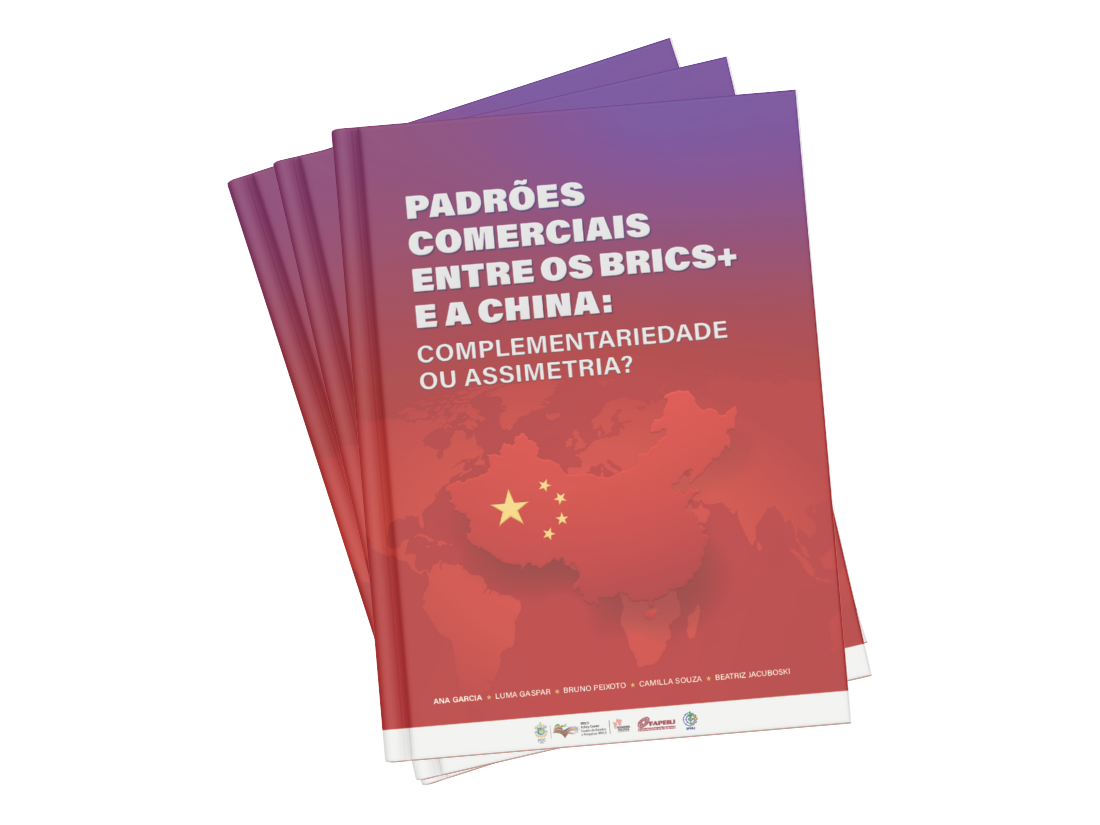
Trade Patterns Between BRICS+ and China: Complementarity or Asymmetry?
This study analyzes the trade relations between China and the BRICS+ countries in the period from 2013 to 2023, with emphasis on the centrality of China within the cluster. The research examines trade volumes and the composition of exports and imports, investigating to what extent these dynamics reproduce historical patterns of the international division of labor. Data indicates that China maintains trade surpluses with most BRICS+ members, mostly exporting higher value-added manufactured goods and importing agricultural commodities and minerals. Although countries such as Brazil, Russia and South Africa have surpluses, their export policies remain focused on low-value added products. Analysis of new BRICS+ members reveals similar trends, especially among oil-exporting countries such as Iran and the United Arab Emirates. The study argues that despite the discourse on South-South cooperation, BRICS+ trade patterns
continue to strengthen China’s dominant industrial position. It is also emphasized the need to deepen research on other dimensions of intra-BRICS+ relations, such as development cooperation, technology transfer and political articulation, especially in view of the agenda of the Brazilian presidency of the BRICS in 2025, that seeks to diversify trade and investment flows.


